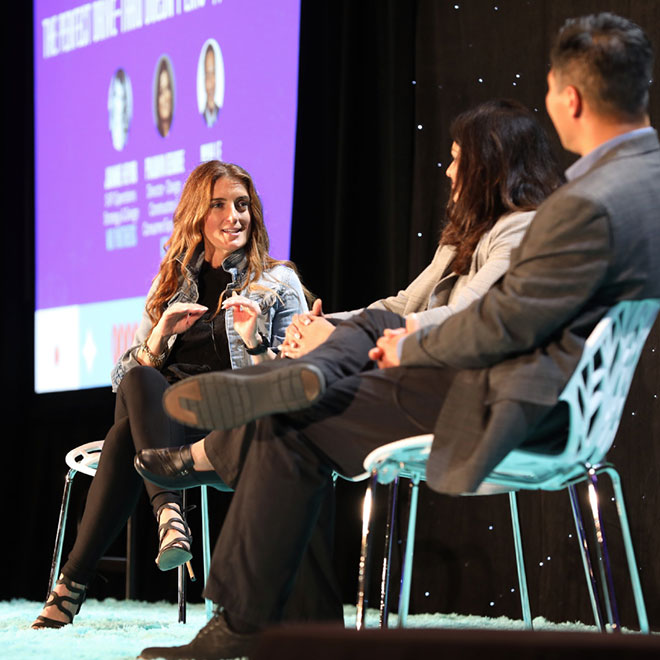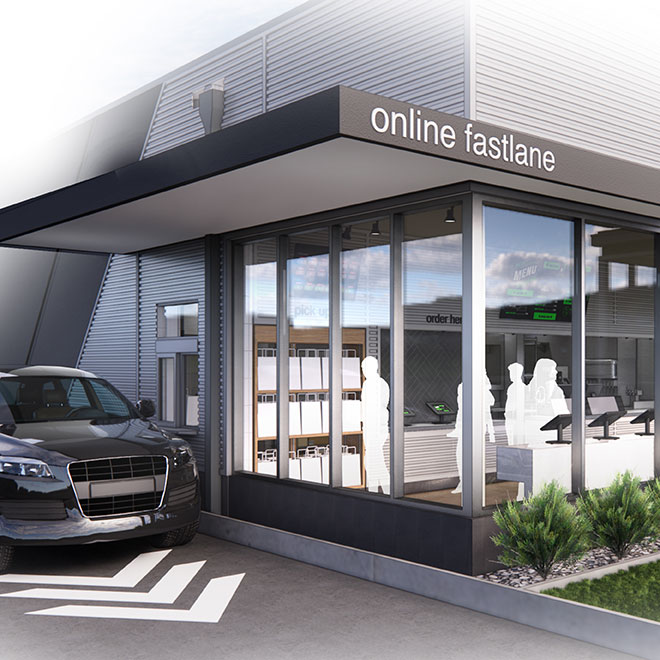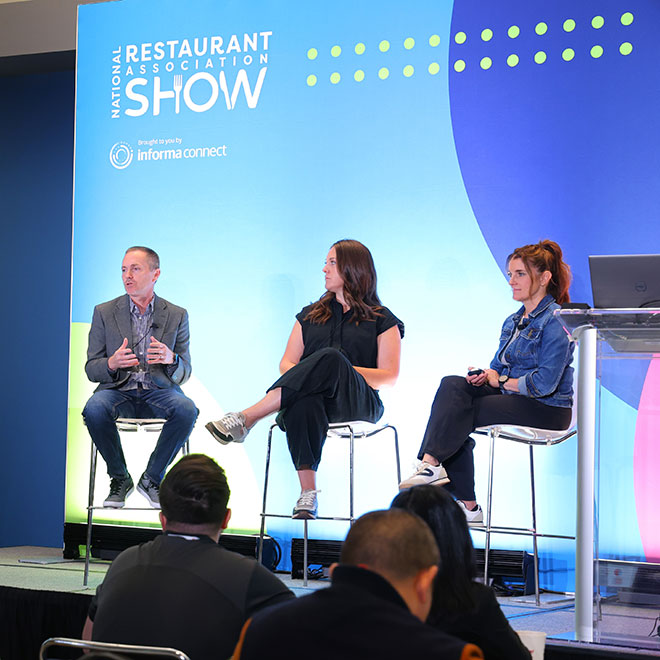
The Restaurant of the Future Starts Where Customers Never Look
Building a Prototype That Works Everywhere—Even Where It Already Exists
Estimated Read Time: 2 Minutes
When White Castle set out to evolve its operational model, the goal wasn't just to build something new—it was to build something repeatable. That means creating a prototype for tomorrow and a strategy for every legacy location stuck in yesterday.
At the National Restaurant Association Show, our team took the stage to share insights from our work with QSR icon White Castle in a session titled Seamlessly Integrating and Scaling New Operations Across Your Restaurant Fleet. Joanne Heyob, SVP Operations Strategy & Design, led the conversation with Rob Seely, AVP Operations Strategy & Design, and Brooke Dusenberry, Senior Designer, Environments. The session sparked a lot of interest—so we're taking the conversation a step further. In this article, we're diving deeper into the strategies discussed on stage, with longtime WD powerhouse Rob Seely.
During the session, we walked through the journey of designing a scalable back-of-house (BOH) model built for both innovation and integration. "We wanted to make sure we were optimizing the footprint," said Seely. "Reducing the size if possible, reducing labor costs—or redeploying that labor toward more customer-facing roles—and increasing throughput."

It Starts with the Dirty Work: Discovery
The first phase wasn't glamorous. It was long days in multiple locations, capturing everything from equipment utilization to team member productivity and speed of service.
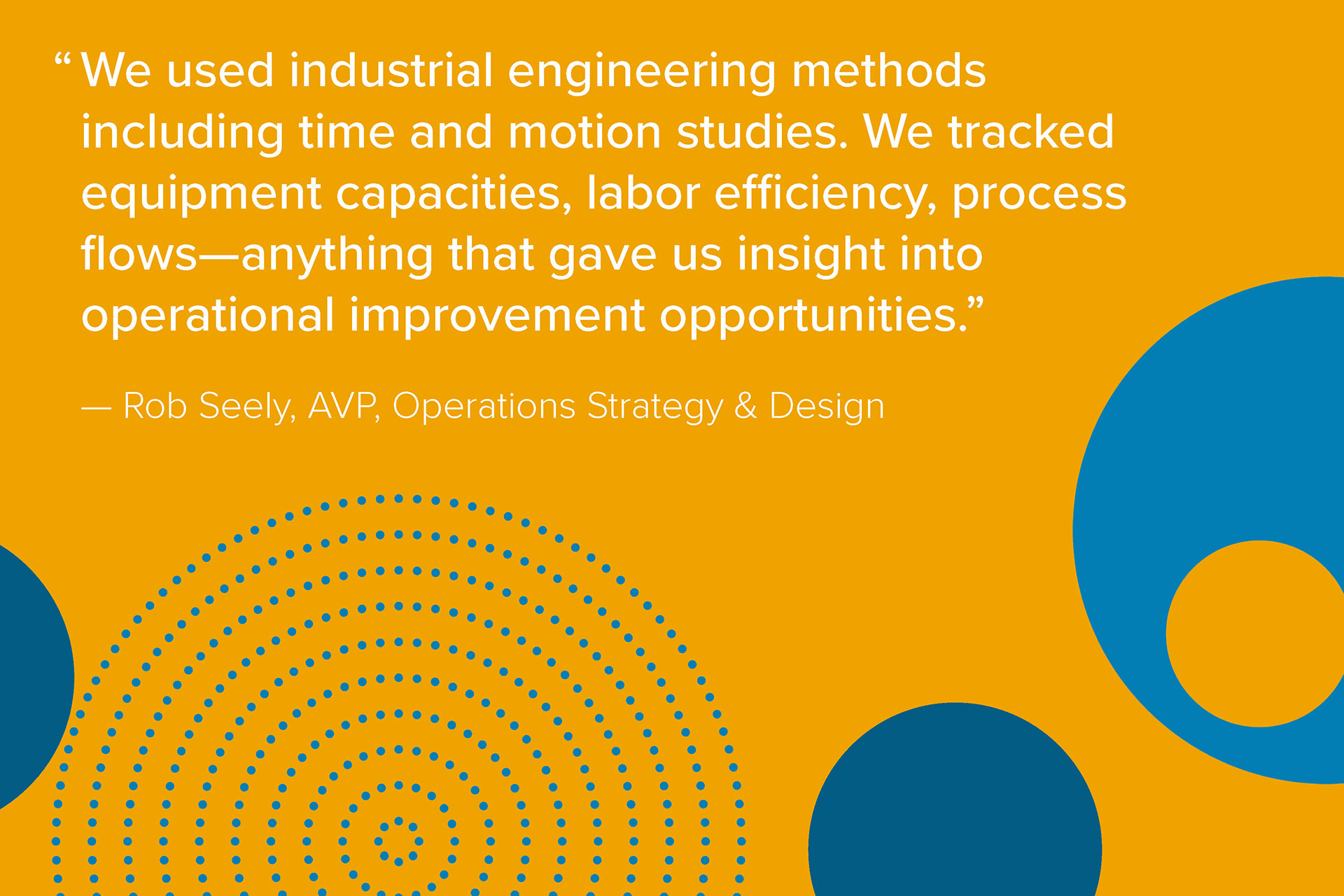
But data alone doesn't move the needle. What mattered was how the team synthesized that information to guide design. The outcome? A highly digestible set of findings that shaped both short-term tactics and long-term strategic decisions.
"We wanted to understand not just the what, but the why. That's what gave us the direction," he said.
Then Comes the Operational Basis of Design
Once armed with the data, the next step was to build what Seely called the "operational basis of design."
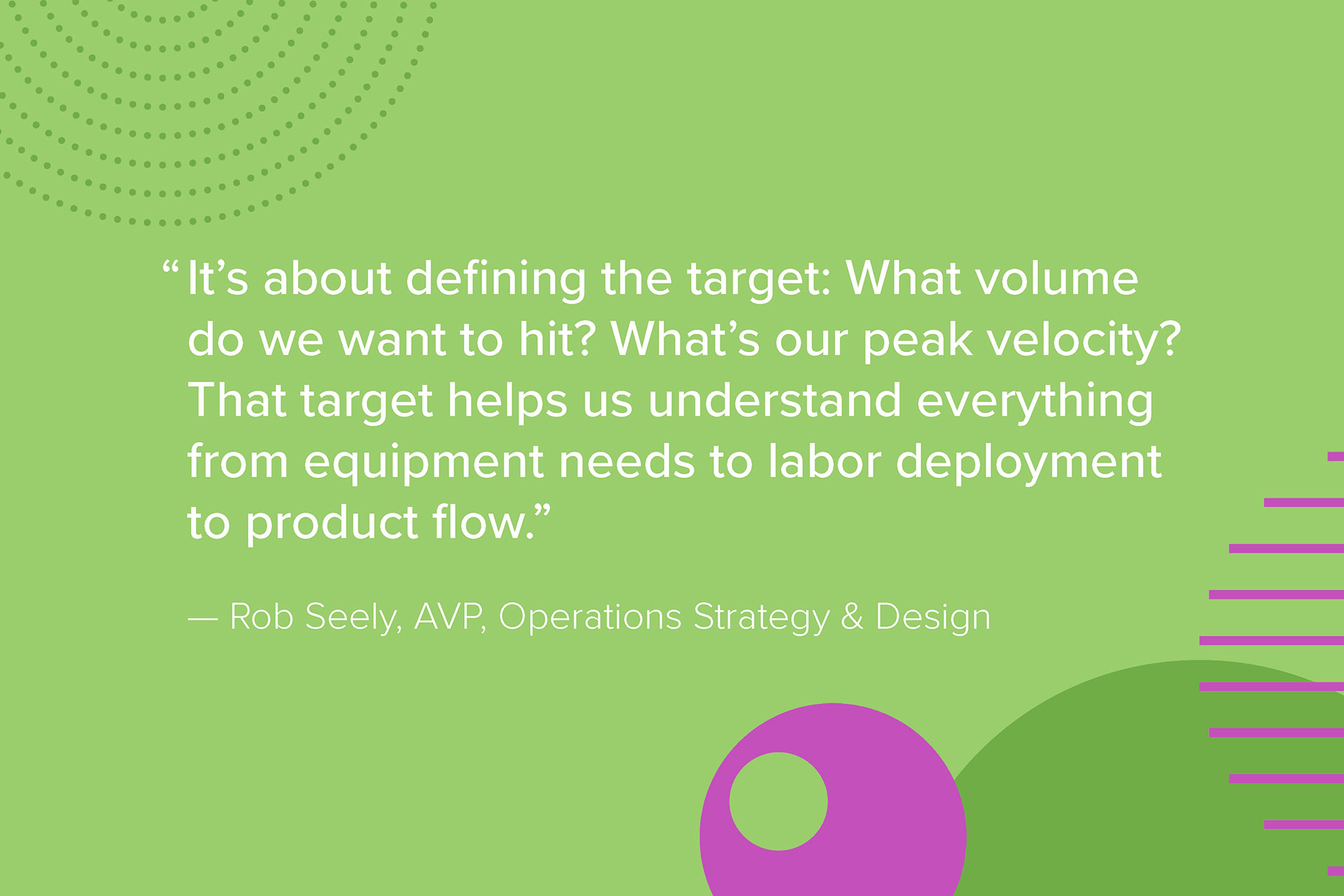
With those inputs in place, the team developed conceptual designs that mapped labor across dayparts, forecasted equipment utilization, and planned for tech and robotics integration—because future-proofing wasn't optional.
"All of this helped us lock in a final, detailed back-of-house design." Seely added.
Coming in Part 2: You've built the dream BOH for a new store—but what about the other 300? In the next post, we'll dive into the framework that helps brands prioritize remodel investments based on real operational data.

 Rob Seely
Rob Seely Joanne Heyob
Joanne Heyob
